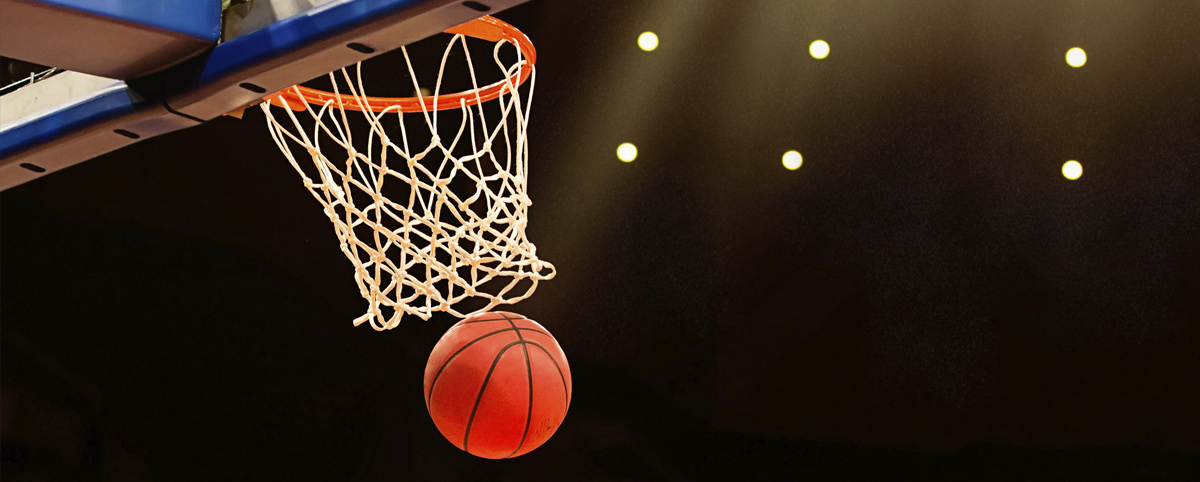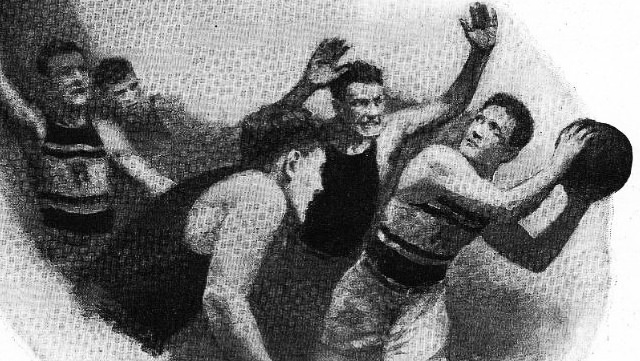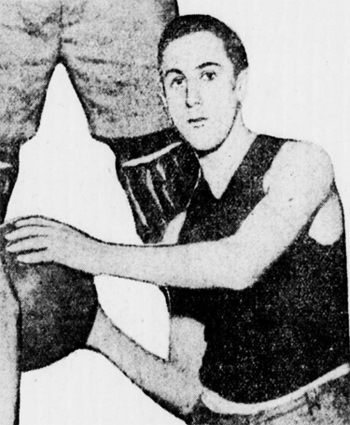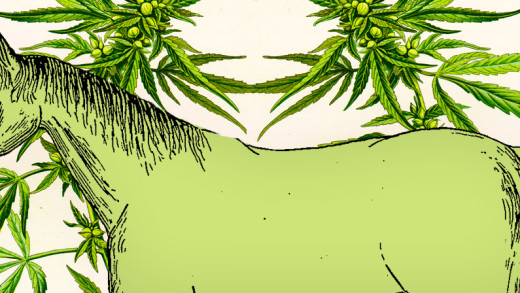Swish! The birth of the swish and the first basketball player to get one

Thinkstock
The long wait for an actual net
Dr. James Naismith famously invented basketball in 1891, but it was called basket ball for a reason—peach baskets served as the hoops. As we all know, there’s no swish in a closed basket. When Naismith and others began using nets and rims in 1893, they still didn’t hear the swish. The nets were metal and usually closed at the end, so players had to fish out the ball after each basket.
It wasn’t until 1912 that open-ended fabric nets were approved for use in recreational, high school, and college games. That’s right—basketball went almost 20 years before the first swish was ever heard. And it took a little longer for the term to appear in print.
Sportswriters loved swishing. But they had to learn to love basketball
Sportswriting from the 1910s is filled with colorful phrasing and a lot of flowery language, including swishing. However, their swishing didn’t describe basketball, even after the 1912 debut of fabric nets. Basketball lacked serious college competitions, didn’t have a professional league, and was primarily seen as a diversion. Sportswriters happily described the swish of a baseball bat (through the wind, we’d guess) or even the swish of a boxer’s glove. Baseball and boxing were the two biggest sports, so they received the florid copy that basketball hadn’t earned yet. But basketball eventually got its chance.
The first swisher may have been imaginary
So who got the first recorded swish? It may have been a sophomore named Moseley in 1913. The only issue? He was a fictional character.
“A swish of netting resounded as the ball dropped…”It makes sense that fiction writers and college students would develop the word first, because they were close to the game and free to use purple prose. In Trebor Yarrum’s 1913 story The Coward, he chronicled a sad-sack named Dempsey Darden who watched Moseley win a basketball game. That’s when it happened. Yarrum writes: “The ball described a half ellipse in mid-air and descended straight for the basket. A swish of netting resounded as the ball dropped through the goal without touching the iron rim.”
Yarrum’s college journal story didn’t set the world on fire, however. After his pioneering mention of a clear swish, there was a dry spell in print. But the word was gaining steam, with the help of the sport’s young fans.
Fiction and Boys’ Life make basketball exciting

Basketball In Boys’ Life
By 1920, basketball had become more popular and was gaining mainstream acceptance. That showed in the fiction of the 1920s. Earl Reed Silvers’ book, Dick Arnold Plays The Game was published in 1920, and it featured a swish for the title character: “He reveled in the feel of the ball, in the clash of heated bodies, in the swish of the hanging net following a cleanly thrown basket.
But it was Boys’ Life that helped kick the word into print a little more frequently. In basketball-centered stories in 1920, 1926, and 1929, players scored swishes that made their teammates cheer. The 1920 story features “a soft swish” and the 1926 one describes the “soft swish of the ball through the net.” But the 1929 one is the most familiar, because it features the description we know today: “Kerplunk…Swish!”
Fiction’s descriptive powers and connection with young people playing basketball helped it swish early. But there was at least one real-life swisher who appeared in print before the 20s.
Is this the first man to ever get a swish?

George Edelstein
On February 4th, 1917, the New York Tribune profiled The Bushwick Five, a scrappy Brooklyn team from Bushwick High School.
It was one of the first long pieces about a high school team, and there was more copy as a result. The piece included a narrative of the first game, and that’s where a young right forward (sic) named George Edelstein got a chance to shine.
The full copy praised Edelstein for his foul-shooting skills, and the reporter noted that only in four shots did he “fail to send the ball swishing through the basket for a point.” That florid turn of phrase made Edelstein the first to swish.
College players were next (though in 1918, a recreational game had a player who swished the ball as well). In 1923, The Wisconsin Engineer exclaimed “Swish!” when covering an exciting game. Oberlin alumni read about a swish in 1923, OSU alums in 1926, and U Penn students read about another student who failed to swish the ball in 1926.
The swish goes mainstream
By the 1930s, basketball was becoming more mainstream and, as importantly, it was capturing copy in the sports pages. The swish quickly became a common way to punch up a routine article about a game. Part technological phenomenon (thanks to those fabric cords), part purple prose (swish rolled off the tongue), and part luck, swish became synonymous with the perfect shot.
Which was the real first swish?
Ultimately, it’s a reader’s choice about which use of swish was mere description and which was the distinctive exclamation we know today. The scarcity of the word makes it easy to weigh the options. Regardless, the spark of excitement each time swish appears might explain why word is still around today.




